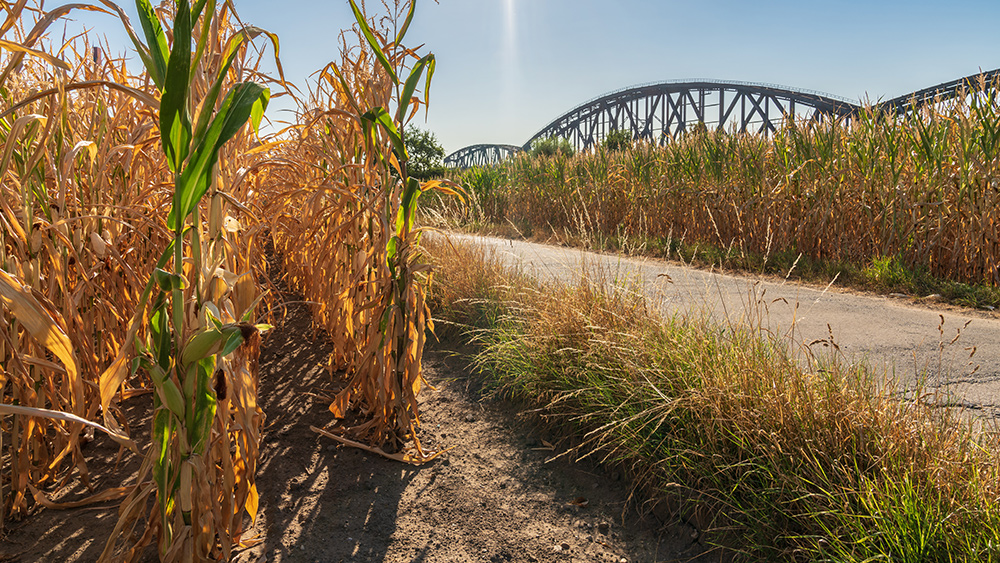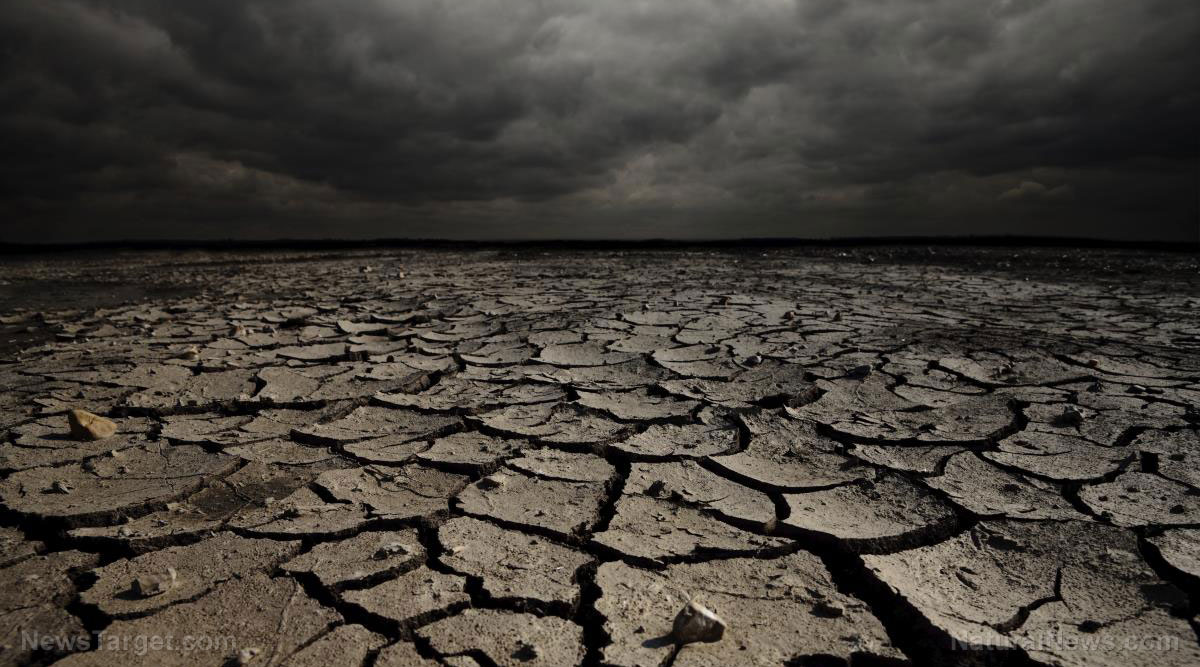Hurricane Ian DEVASTATES Florida; full recovery expected to take years
10/03/2022 / By Arsenio Toledo

Hurricane Ian has devastated Florida, and it will take years for many parts of the state to fully recover.
Mike Adams, the Health Ranger, noted in a recent episode of the “Health Ranger Report” that the destruction and death toll likely would have been worse if it weren’t for the good disaster preparedness of residents and local and state officials.
Hurricane Ian proceeded to make landfall in South Carolina.
“We’re still in shock,” said Tina Blanco, CEO of the Satellite Phone Store, which is based out of Sarasota in southwestern Florida, during the interview with Adams. “It’s just been very, very, very devastating.”
Blanco related that there was no cell service in many parts of Sarasota. “As far as devastation, for me, it looks like an atomic bomb just dropped there in so many areas that are completely wiped out,” said Blanco.
Steve Slepcevic, incident commander and disaster response coordinator for disaster management company Strategic Response Partners, noted that he and his team were in North Port, Florida in Sarasota County when the storm hit.
Speaking about the devastation, Slepcevic noted that Hurricane Ian just “leveled properties” and “took out the entire electrical grid.”
At its height, the hurricane knocked out power to 2.67 million homes and businesses in Florida, or nearly a quarter of utility customers. Nearly two million people are still without power as of press time.
Slepcevic warned that, for some parts of the state, it could take up to two weeks before the grid comes back online due to supply chain disruptions causing labor and component shortages. (Related: Hurricane Ian just threw another wrench into the supply chain by hammering transportation, ports, package carriers and fertilizer production.)
“But if anybody’s up for this type of task … I think Gov. DeSantis is definitely one guy that, if anyone can get the job done, he’s going to get it done,” said Slepcevic.
Florida officials and residents prepared well for Ian’s devastation
Officials in Florida confirmed that the hurricane has caused 21 deaths as of Friday morning, Sept. 30. These same officials warned that the death toll could rise, as state and local emergency first responders are still conducting searches and some 10,000 people are still unaccounted for.
As Blanco noted, the devastation in the state would have been worse if not for the extensive preparations conducted by state and local officials and the residents themselves. She said many police departments in the state came to her company to get satellite phones to keep communication lines open in case of looting in the aftermath of the hurricane.
“They were smart enough to know that, ‘Hey, this storm can turn and come into my community,'” she said. “People were really, really prepared as far as what I could see. Southern Florida was very prepared with their emergency [services].”
“I’m really impressed with the number of people that are staying home, doing what they’re told. There’s debris everywhere. It’s so dangerous to go out there,” she continued. “People are listening, the police are doing a really good job, and the people in Florida, they’re so amazing.”
This is just a snippet of what Blanco and Slepcevic talked about with Adams. Listen to this episode of the “Health Ranger Report” to hear the full interview regarding the devastation Hurricane Ian inflicted upon Florida.
This video is from the Health Ranger Report channel on Brighteon.com.
More related stories:
Panic buyers stripped supermarket shelves bare before Hurricane Ian made landfall in Florida.
Hurricane Ian leaves 2.7 million Florida customers without power; significant casualties expected.
Sources include:
Submit a correction >>
Tagged Under:
big government, chaos, Collapse, disaster, disaster preparedness, electric grid, electricity, floods, Florida, hurricane, Hurricane Ian, national security, natural disaster, panic, power grid, preparedness, storms, weather terrorism
This article may contain statements that reflect the opinion of the author
RECENT NEWS & ARTICLES
COPYRIGHT © 2017 WEATHER TERRORISM



















